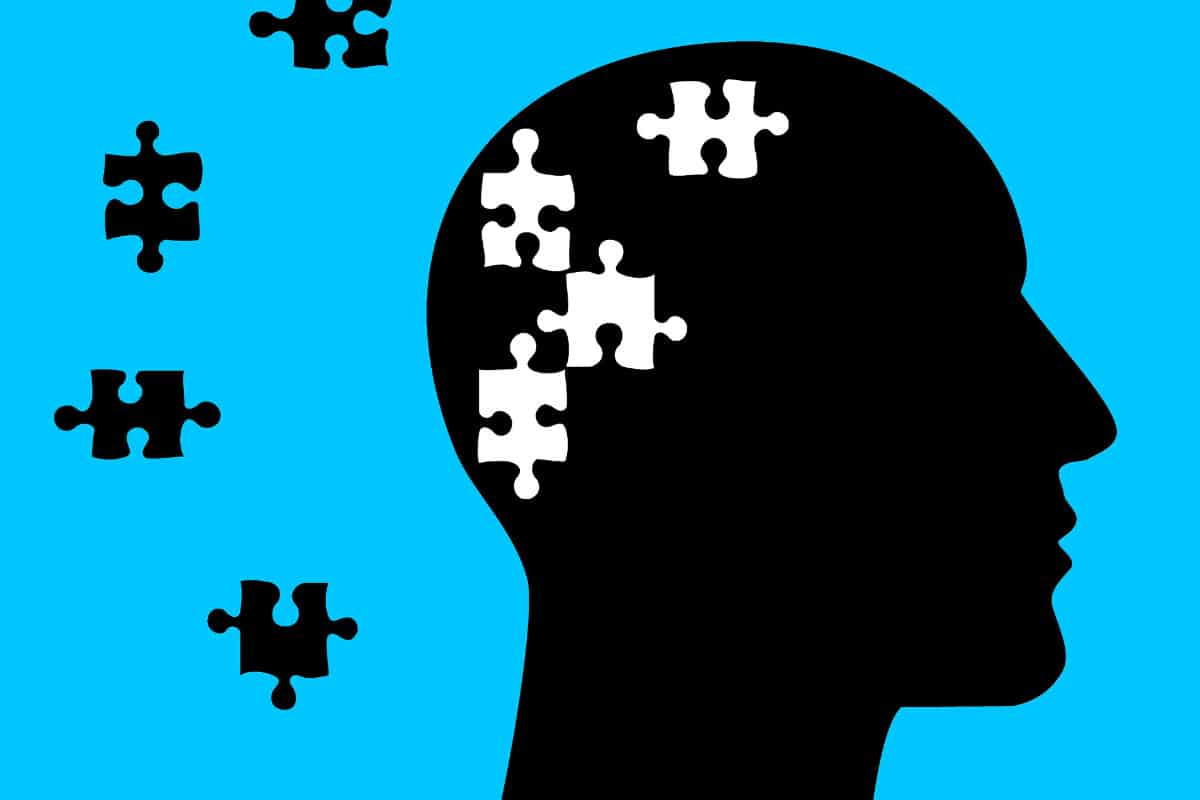
If this technique also proves itself in the real world, it will be a big step in the search for a cure for the debilitating disease.
For years, countless scientists have been working on a solution for Alzheimer’s disease. But that’s not so easy. Despite many studies, there is still no medicine that can completely cure the disease. However, scientists are trying to find a way to detect Alzheimer’s as early as possible. And a new study brings that goal one step closer.
Alzheimer’s disease is a progressive disease that affects the brain. This makes people forgetful and/or disoriented in time and place. They can also get delusions and completely lose their grip on reality. Alzheimer’s is a very nasty disease that can be quite drastic for both the person himself and the environment. Worldwide, about 24 million people live with Alzheimer’s disease. And while that’s already a significant number, scientists predict that the number of people contracting the disease will explode in the future. In twenty years, the number may even double. That’s because the chance of getting the disease increases with age. And due to the current aging population, the disease could become a costly burden on public health in the coming years.
Neurologists generally agree that (future) Alzheimer’s treatments should be started as early as possible. Preferably before the first symptoms appear. Because as soon as symptoms appear, the brain is often so damaged that a full recovery is impossible. An early diagnosis therefore increases the chance that any treatment will help to stabilize, slow down or mitigate the disease.
Mild Cognitive Impairment
One of the possible early signs of Alzheimer’s is mild cognitive impairment (MCI). People with this cognitive decline may have memory problems, difficulty processing information, or performing certain actions. Although someone who is in the early stages of MCI does not yet have clear symptoms, this may already have left its mark on the brain. And these can be revealed on an MRI scan. However, manual analysis of such MRI images not only requires specific knowledge, but is also very time consuming. And so artificial intelligence could lend a hand here.
Study
In a new study, researchers developed an algorithm that could take the time-consuming and intensive work of doctors and experts off their hands. The algorithm was tested on 138 people who had both healthy, mild cognitive impairment or Alzheimer’s disease. The algorithm then looks for differences in MRI scans. And the findings are remarkable. For example, based on the brain images studied, the algorithm is able to predict with an accuracy of almost 100 percent whether someone will develop Alzheimer’s.
early start
“AI (artificial intelligence, ed.) was able to successfully distinguish one group of images from another,” said researcher Rytis Maskeliunas in an interview with Scientias.nl. They are promising results. “While this was not the first attempt to diagnose early Alzheimer’s disease based on comparable data, our main breakthrough is the accuracy of the algorithm,” Maskeliunas said. Although the researcher is a bit concerned. “I want to emphasize that the study was conducted using a limited data set,” he says. “It means that this ‘high’ accuracy cannot be reconciled with real-world performance, where there are many more variables. We are waiting for more diverse datasets to see how AI behaves in more realistic scenarios.”
Tool
According to Maskeliunas, artificial intelligence can be a useful and useful tool. “AI is fast,” he says. “And computers are getting faster and faster. In that sense, artificial intelligence could reduce a specialist’s workload, freeing up more of his precious time for treatment.” The researcher wishes to emphasize that this is a tool. “AI diagnostics will never be more important than or a substitute for a drug,” he underlines. “It can only contribute to an earlier and faster diagnosis. Of course, we wouldn’t dare to suggest that a doctor should ever rely on an algorithm one hundred percent. Think of a machine as a robot capable of doing the most tedious task of sorting the data and searching for functions. In this scenario, after the computer algorithm has selected potentially affected cases, the specialist can investigate them further.”
Develop further
According to Maskeliunas, the algorithm could be further developed into software that could analyze the collected data from vulnerable groups (over 65s, people with a history of brain damage, high blood pressure, etc.). Subsequently, this software can provide medical personnel with information about anomalies related to the early onset of Alzheimer’s disease. But that is still future music. “At this stage, we are working on refining the algorithm,” Maskeliunas says. “And while we’ve had some results on a controlled dataset, it’s very likely that we still need to improve it.” It means that the algorithm still needs some fine-tuning before it becomes widely available.
Despite the fact that there are still some snags to the algorithm, the preliminary results are still promising. An algorithm that manages to achieve such high accuracy at such an early stage offers hope for the future. Maskeliunas was also surprised at the exceptionally high degree of certainty with which the algorithm was able to correctly predict Alzheimer’s. “This surprised me, even in this highly controlled scenario,” he says. “Others have already achieved an accuracy of 90+. We just improved it a bit!”
Source material:
“Algorithm developed by Lithuanian researchers can predict possible Alzheimer’s with nearly 100 per cent accuracy” – Kaunas university of technology
Interview with Rytis Maskeliunas
Image at the top of this article: Tumisu via Pixabay